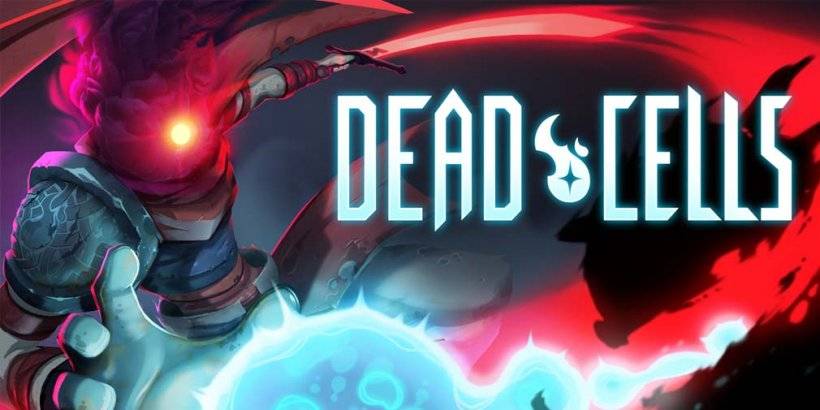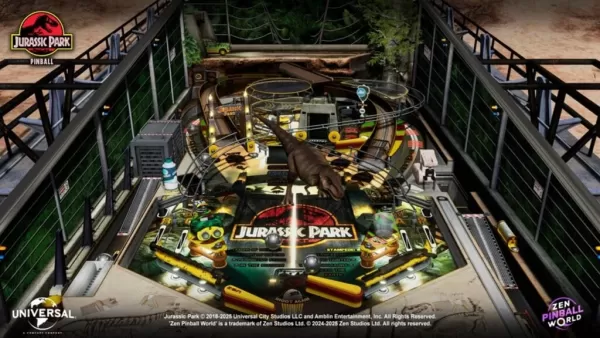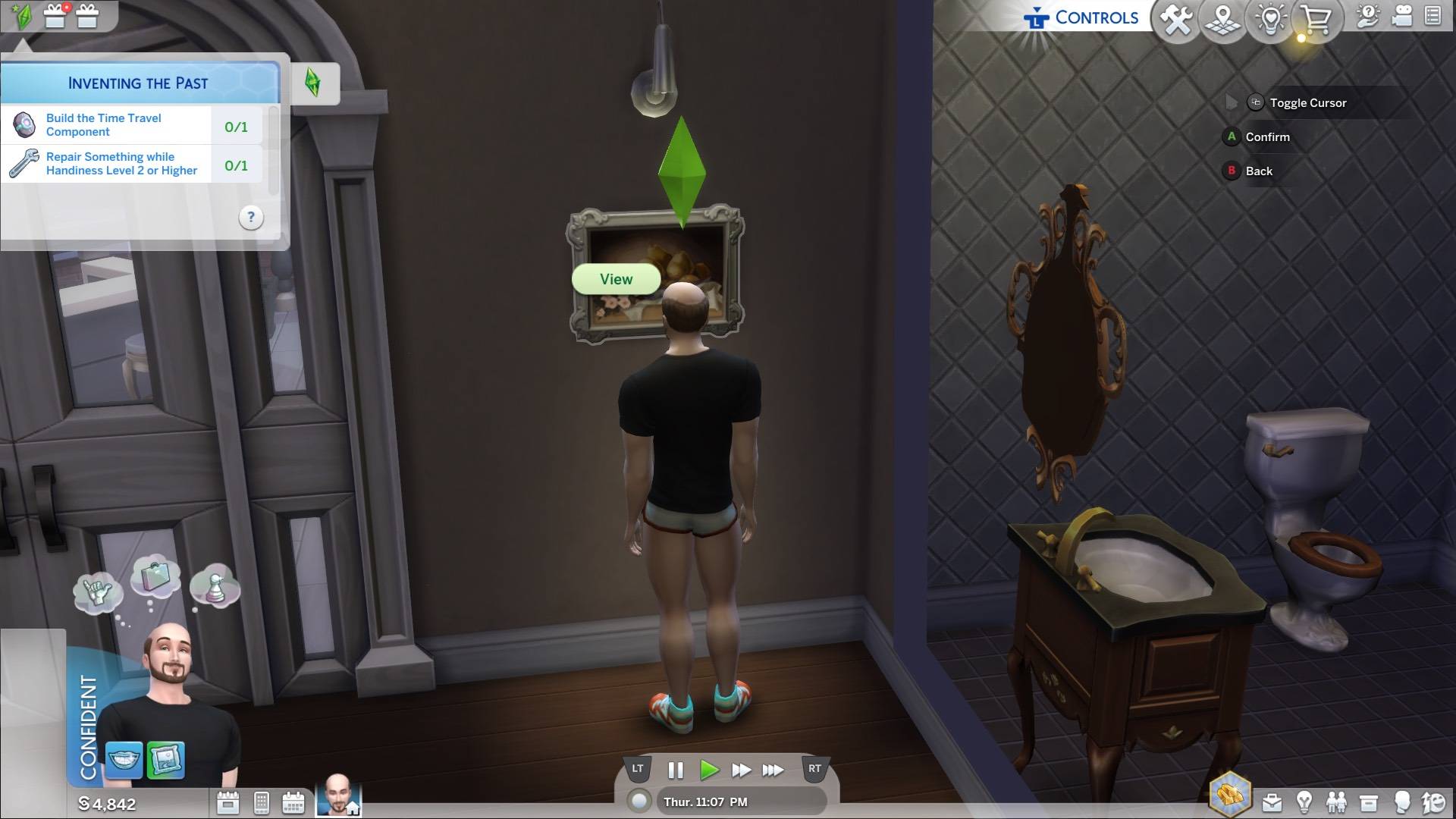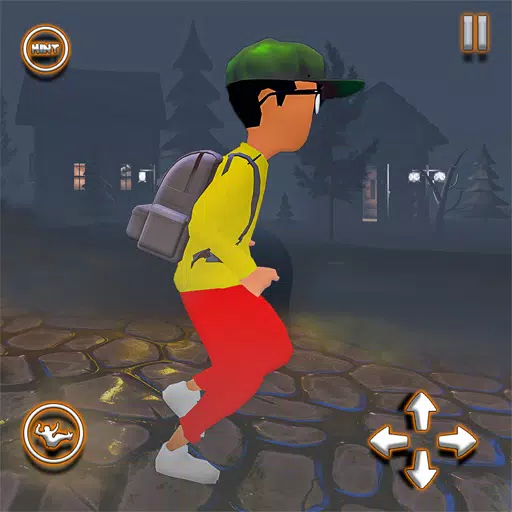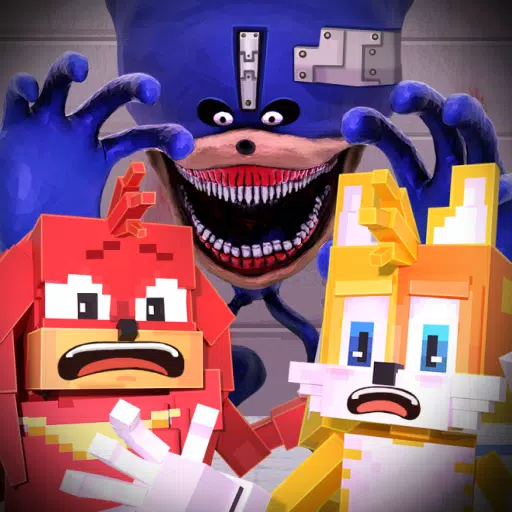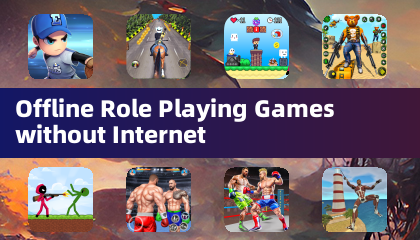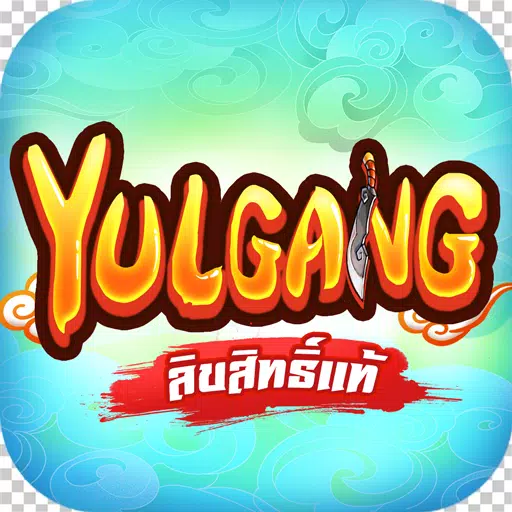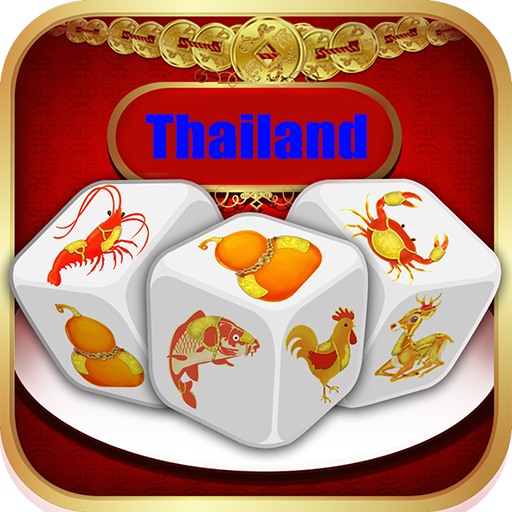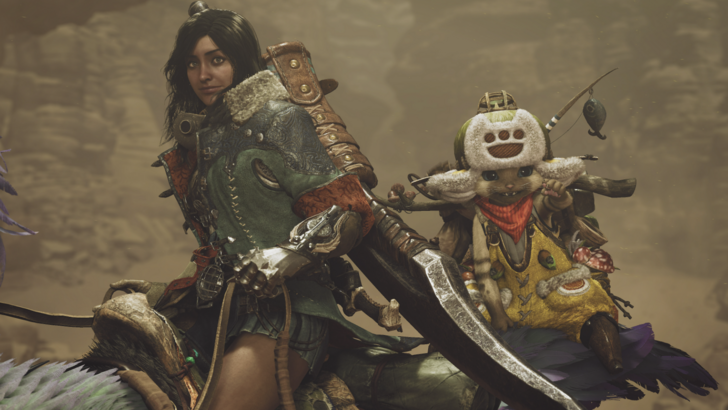
Following the groundbreaking success of Monster Hunter World, Capcom is set to revolutionize the Monster Hunter series with the introduction of Monster Hunter Wilds. This new installment promises to take the franchise to new heights with its open-world gameplay and dynamic ecosystems.
Related Video
We Wouldn’t Have Monster Hunter Wilds If It Wasn’t For World
Capcom Hopes to Capitalize on Extended Global Reach with Monster Hunter Wilds -----------------------------------------------------------------------------Redefining the Monster Hunter's Hunting Grounds

Monster Hunter Wilds marks a bold new chapter in Capcom's iconic series, transforming the traditional hunting experience into a vibrant, interconnected open world. This ambitious title introduces a living ecosystem that evolves in real-time, offering players an unprecedented level of immersion and interaction.
During an insightful interview at Summer Game Fest, series producer Ryozo Tsujimoto, executive director Kaname Fujioka, and game director Yuya Tokuda shared their vision for Monster Hunter Wilds. They highlighted the game's emphasis on seamless gameplay and a responsive environment that reacts to player actions, setting a new standard for the series.
As with previous Monster Hunter games, players will assume the role of hunters exploring a new, uncharted territory filled with unique wildlife and resources. However, the demo showcased at Summer Game Fest revealed a significant shift from the series' conventional mission-based structure. Monster Hunter Wilds introduces a seamless open world where players can freely roam, hunt, and engage with the environment without the constraints of segmented zones.
"The seamlessness of the game is truly at the heart of our design philosophy for Monster Hunter Wilds," stated Fujioka. "Our goal was to craft detailed and immersive ecosystems that require a seamless world, filled with formidable monsters that players can hunt at their leisure."
In-Game World is Immensely Dynamic
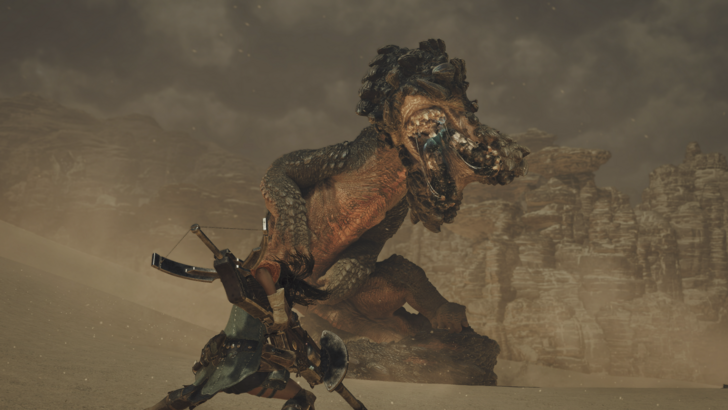
The demo highlighted diverse settings such as desert settlements and vast biomes teeming with monsters, alongside NPC hunters. This new approach allows players to select their targets and decide their actions without the pressure of a timer, offering a more flexible and engaging hunting experience. Fujioka emphasized the importance of world interaction, stating, "We've focused on creating dynamic interactions, such as packs of monsters pursuing their prey and their encounters with human hunters. These characters exhibit 24-hour behavior patterns, making the world feel truly dynamic and organic."
Monster Hunter Wilds also incorporates real-time weather changes and shifting monster populations, adding another layer of realism and unpredictability. Game director Yuya Tokuda discussed the technological advancements that made this dynamic world possible, saying, "Constructing a vast, ever-changing ecosystem with a greater number of monsters and interactive characters was a significant challenge. The simultaneous environmental changes are something we couldn't have achieved in previous iterations."
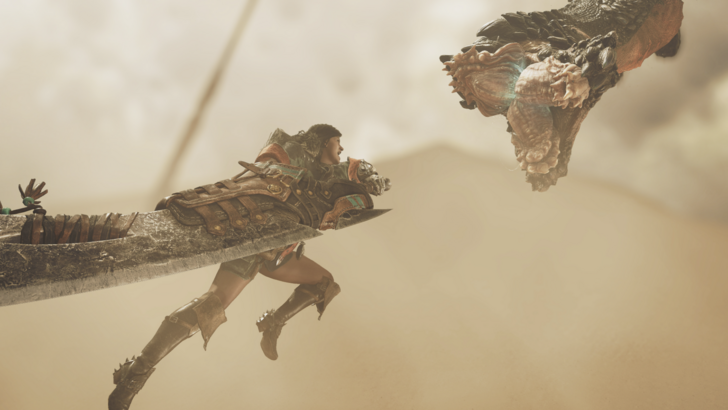
The success of Monster Hunter World provided Capcom with valuable insights that shaped the development of Wilds. Series producer Ryozo Tsujimoto noted the importance of a global perspective in the game's development, saying, "Our approach to Monster Hunter World was driven by a global mindset, focusing on a simultaneous worldwide release and extensive localization. This perspective helped us consider how to re-engage players who may have drifted away from the series, as well as attract new audiences."

